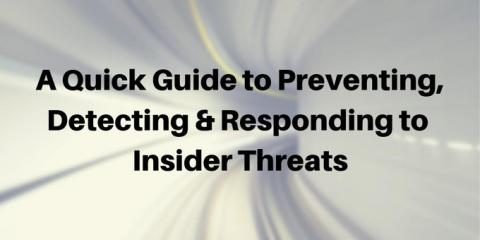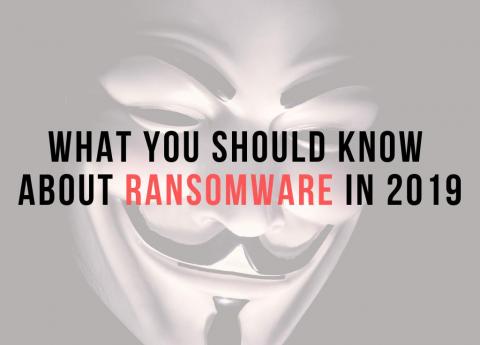Five Common Insider Threat Profiles
Insider Threats come in many different shapes and forms and can be a frustrating problem to diagnose. Adding to the problem is the fact that even the most reliable and seemingly harmless employees can change in an instant and pose a threat. Protecting your company against these sometimes-unpredictable actors requires an understanding of the various profiles that exist and their motivations.









